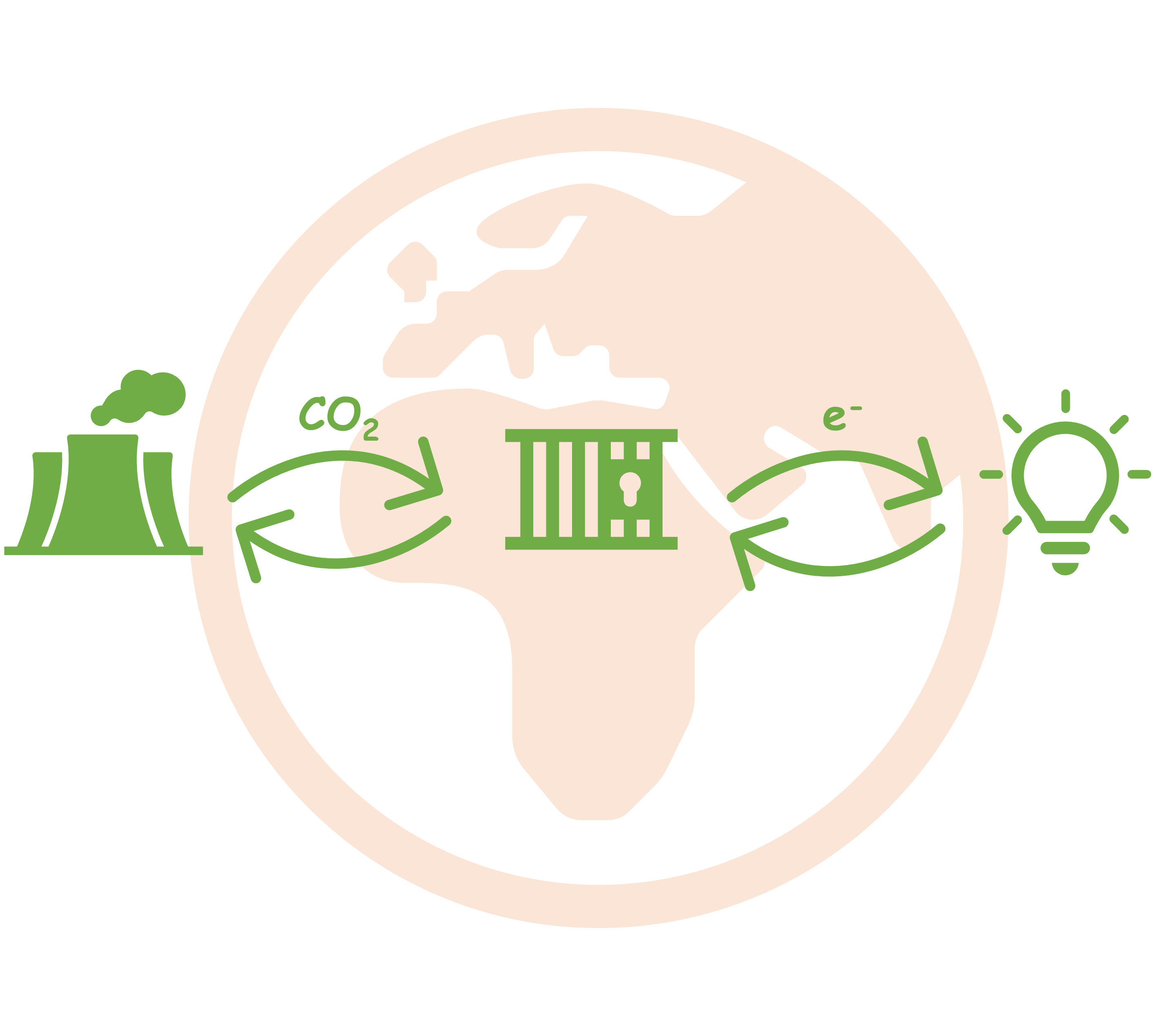Climate change is the largest problem faced by our planet on a global scale. We need to make sure that there is an increase of less than 1.5 ºC in the average global temperatures above pre-industrial levels to prevent irreversible damage to our planet. If temperatures increase above this then it would cause destruction of habitats all over the world from the coral reefs to the rainforests and increase the frequency of extreme weather events (e.g. flooding, droughts and hurricanes). This needs to be prevented to protect the plants, animals and humans and allow us to continue to thrive on earth.
The main way that the average temperature is increasing is through the greenhouse gas effect. This is where gases such as carbon dioxide, methane and even water vapour, trap heat that is emitted from the earth and reflect it back in towards the earth’s surface. This heats up the planet just like a greenhouse. The largest source of the greenhouse gas effect is carbon dioxide.
One way to reduce the amount of carbon dioxide in the atmosphere is to catch it from processes that produce a lot of carbon dioxide such as through burning fossil fuels. Once the carbon dioxide is trapped then it can be can either be stored underground where it cannot escape into the atmosphere or it can be used for chemical reactions or to make drinks fizzy.
One big question is how can we capture this carbon dioxide in the most energy efficient way? There are different methods that can be used but the focus of my PhD project will be to look at using supercapacitors to store carbon dioxide. Supercapacitors are similar to rechargeable batteries in that they store electrical energy when you charge them and then release the stored energy when you discharge the device. We can take advantage of this and use the reversible charging and discharging cycles to store and release the carbon dioxide.
NanoDTC PhD Student, c2020

